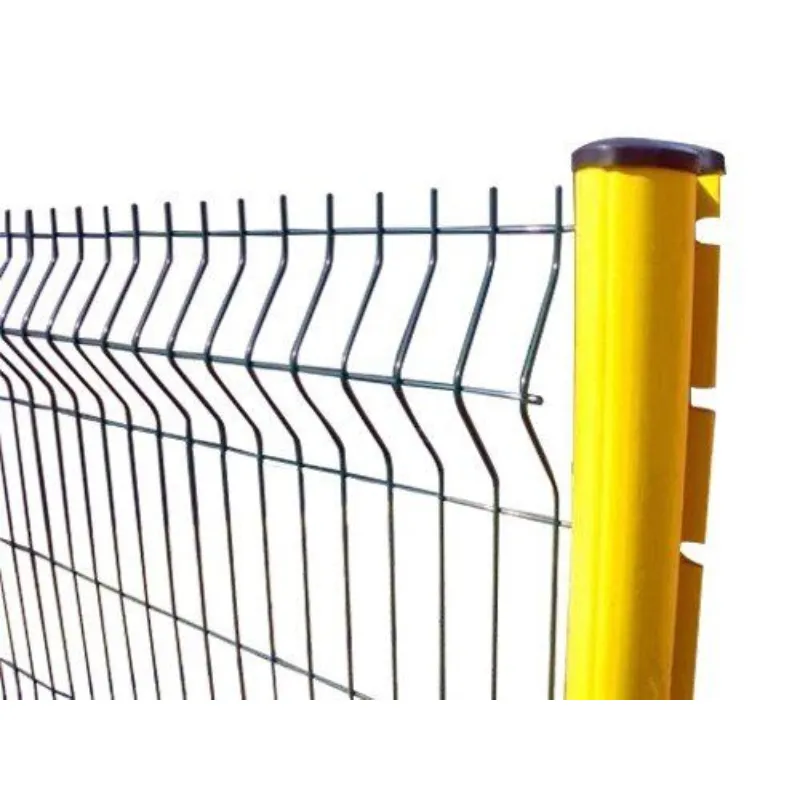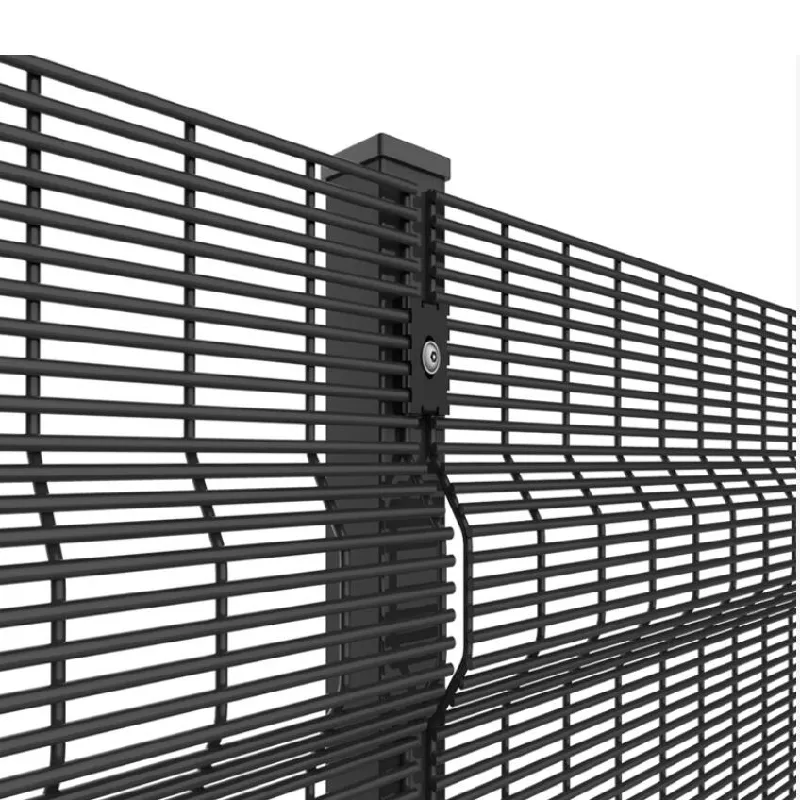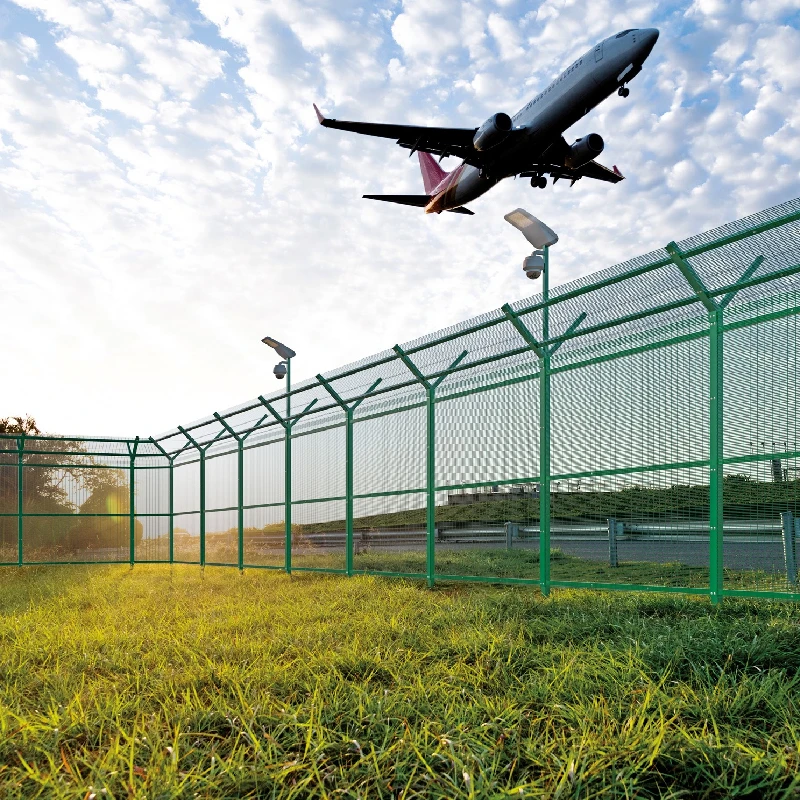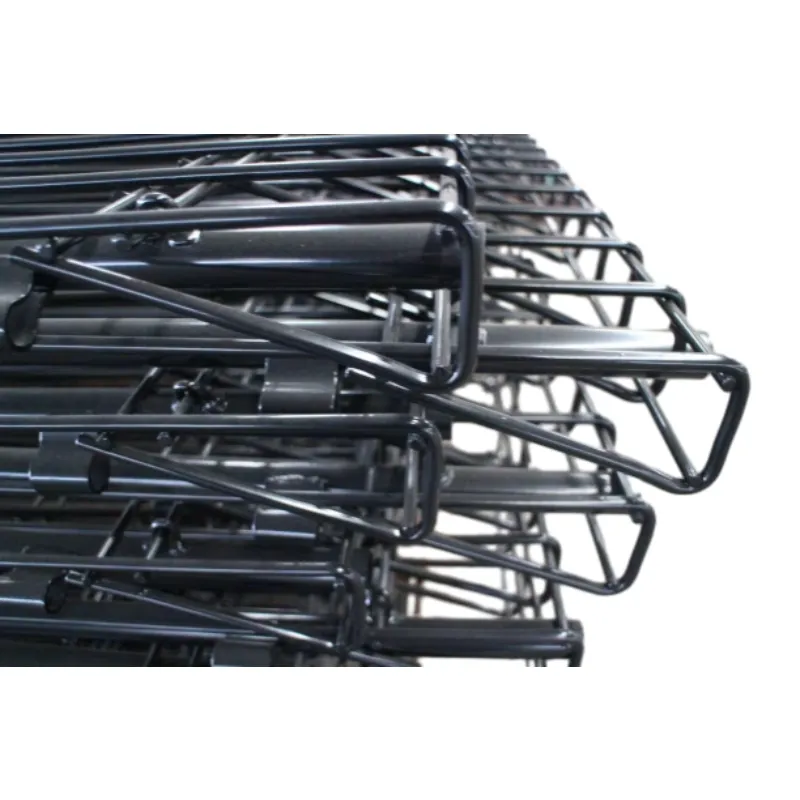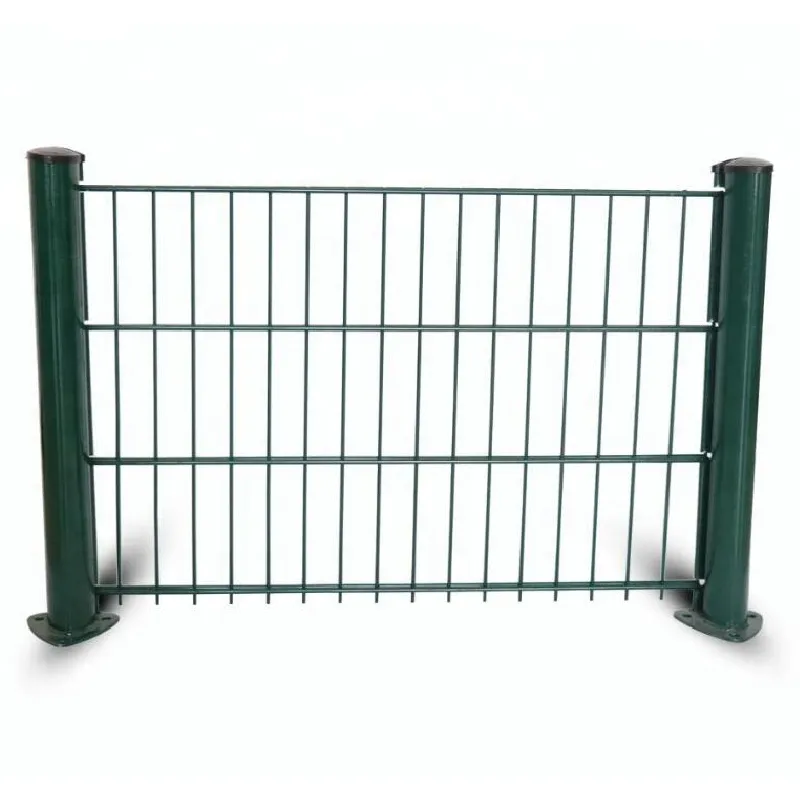Welded Fence
How Do I Choose The Right Welded Fence For My Property?
Choosing the right welded fence for your property involves several key considerations to ensure it meets your specific needs. First, assess the primary purpose of the fence. If security is your main concern, look for panels with tighter spacing and a height sufficient to deter intruders. For residential applications, consider aesthetic factors—decorative designs can enhance your property’s appearance while still providing security. Next, evaluate the material; galvanized steel is a popular choice due to its resistance to rust and corrosion, making it suitable for various climates. The gauge of the wire is also essential; thicker wires provide greater strength and durability but may come at a higher cost. Additionally, consider the installation method; some welded fences come as pre-assembled panels, which can simplify the installation process. It's also important to check local regulations regarding fencing, as there may be restrictions on height or materials. Lastly, think about maintenance; choose a fence that will require minimal upkeep over time. Consulting with a fencing professional can provide valuable insights tailored to your specific situation. By carefully evaluating these factors, you can select the most appropriate welded fence that meets your functional and aesthetic needs.
How Do I Install A Welded Fence?
Installing a welded fence can be a manageable DIY project, provided you have the right tools and some basic knowledge of fencing installation. Begin by gathering all necessary materials, including welded fence panels, posts, concrete (if applicable), and installation hardware. Start by marking the perimeter where the fence will be installed, using stakes and string to create a straight line. Next, determine the spacing for the fence posts, typically between 6 to 8 feet apart, depending on the fence design. Using a post hole digger, excavate holes for each post, ensuring they are deep enough to provide stability. Place the posts into the holes, ensuring they are level, and secure them with concrete or compacted soil. Once the posts are set, attach the welded fence panels to the posts using brackets or clamps, making sure they are properly aligned and secure. If the fence includes a gate, install it according to the manufacturer's instructions, ensuring it swings freely. After all panels are attached, conduct a final inspection to check for stability and alignment. Finally, clean up the area around the installation site. With careful installation, your welded fence will provide a durable and secure barrier for years to come.
What Maintenance Does A Welded Fence Require?
Maintaining a welded fence is relatively straightforward, yet it is essential for ensuring its longevity and effectiveness. Regular inspections should be conducted at least twice a year to check for signs of wear or damage. Look for rust spots or corrosion, especially at the joints where the welding is done. If you spot any rust, clean the affected area with a wire brush and apply a rust-inhibiting primer or paint to prevent further deterioration. Additionally, check the fence’s structural integrity by ensuring that all panels are secure and there are no loose connections. If any sections are bent or damaged, repair or replace them promptly to maintain the fence's effectiveness. It's also beneficial to clean the fence periodically, removing dirt, debris, or vegetation that may accumulate over time, as this can lead to moisture retention and rust. For those living in areas with heavy snowfall, ensure that snow and ice do not accumulate against the fence, as this can cause unnecessary stress. Finally, if your welded fence is coated, periodically inspect the coating and reapply as needed to ensure ongoing protection against the elements. By following these maintenance tips, you can significantly extend the life of your welded fence.





